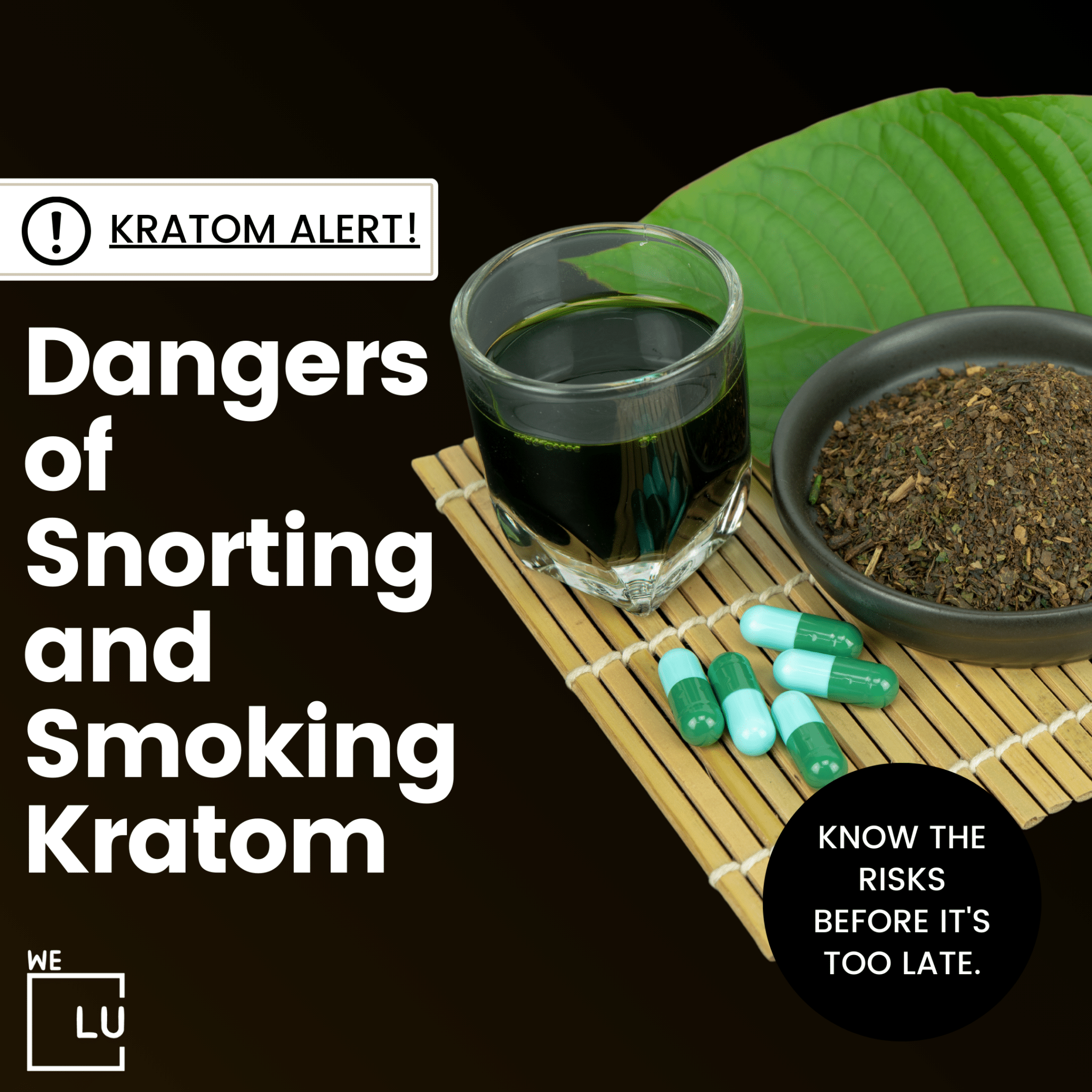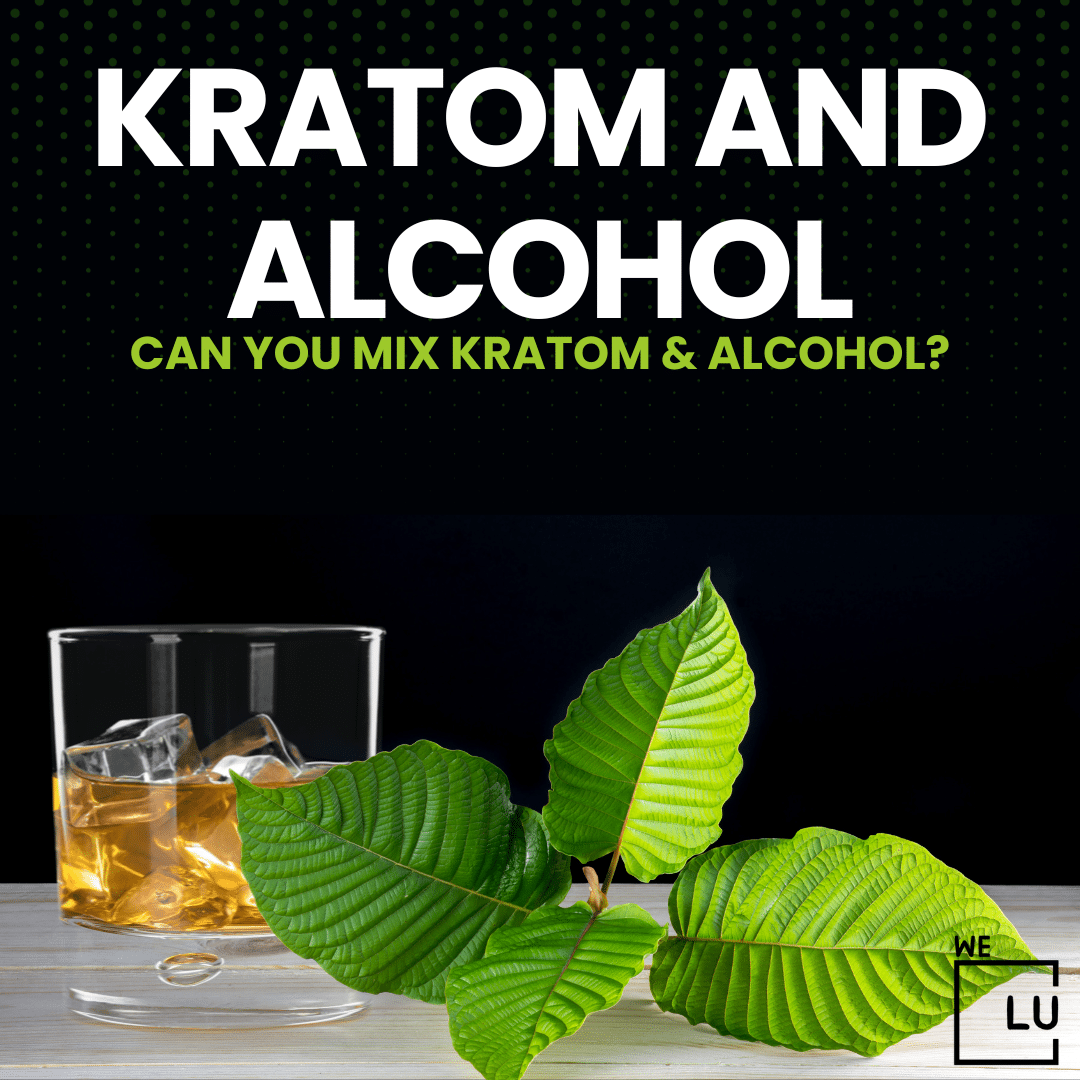What Is Morphine?
Morphine is a potent analgesic (pain-relieving) medication that belongs to the class of drugs known as opioids. It is extracted from the opium poppy plant and is one of the oldest known pain relievers. Morphine binds to specific brain and spinal cord receptors known as opioid receptors, which are part of the body’s natural pain control system.
This medication is commonly used to alleviate severe pain, such as that associated with surgery, injury, or medical conditions like cancer. It is often administered in hospitals and healthcare settings under the supervision of medical professionals due to its potency and potential for side effects.
While morphine is effective in managing pain, it also carries a risk of side effects and has the potential for abuse. Opioids, including morphine, can lead to physical dependence and addiction if not used as prescribed. Therefore, use morphine only under the guidance of a healthcare provider and follow their instructions carefully.
Various formulations of morphine are available, including oral tablets, injectable solutions, and extended-release forms. The choice of formulation depends on the patient’s condition and the duration of pain management required. Discuss any concerns or questions about morphine with a healthcare professional for personalized advice and information.
Can You Get Withdrawal From Morphine?
withdrawal symptoms can occur when someone who has been using morphine regularly stops or significantly reduces their dosage. Withdrawal is a predictable physiological response that happens as the body adjusts to the absence or reduction of the drug. Morphine, like other opioids, can lead to physical dependence when used over an extended period.
What Are The Morphine Withdrawal Symptoms?
Common withdrawal symptoms associated with morphine include:
- Muscle aches and pains
- Nausea and vomiting
- Diarrhea
- Sweating and chills
- Yawning
- Restlessness or irritability
- Anxiety
- Insomnia
- Dilated pupils
- Runny nose and teary eyes
The severity and duration of withdrawal symptoms can vary depending on factors such as the individual’s tolerance, the duration of use, and the dosage of morphine. Withdrawal symptoms are not an indication of addiction; they can occur even in individuals who have been using opioids as prescribed by a healthcare professional.
If someone is experiencing withdrawal symptoms, seek medical advice. Abruptly stopping opioid use can be challenging and uncomfortable, and a healthcare provider can help manage the withdrawal process and provide support. In some cases, a gradual tapering of the medication may be recommended to minimize the intensity of withdrawal symptoms.
Morphine Withdrawal Timeline
The withdrawal timeline for morphine can vary from person to person and depends on several factors, including the individual’s overall health, the duration of morphine use, the dosage, and whether the person is tapering off the medication or stopping abruptly.
| Withdrawal Stage | Timeframe | Common Symptoms |
|---|---|---|
| Early Withdrawal | 6-12 hours after the last dose | Restlessness – Anxiety – Yawning – Teary eyes – Muscle aches and pains |
| Peak Withdrawal | 1-3 days after the last dose | Nausea – Vomiting – Diarrhea – Sweating – Chills – Dilated pupils – Increased heart rate |
| Late Withdrawal | 4-7 days after the last dose | Subsiding physical symptoms – Lingering psychological symptoms (anxiety, insomnia, irritability) – Cravings for the drug |
| Post-Acute Withdrawal | Beyond one week | Lingering psychological symptoms (mood swings, anxiety, difficulty concentrating, sleep disturbances) |
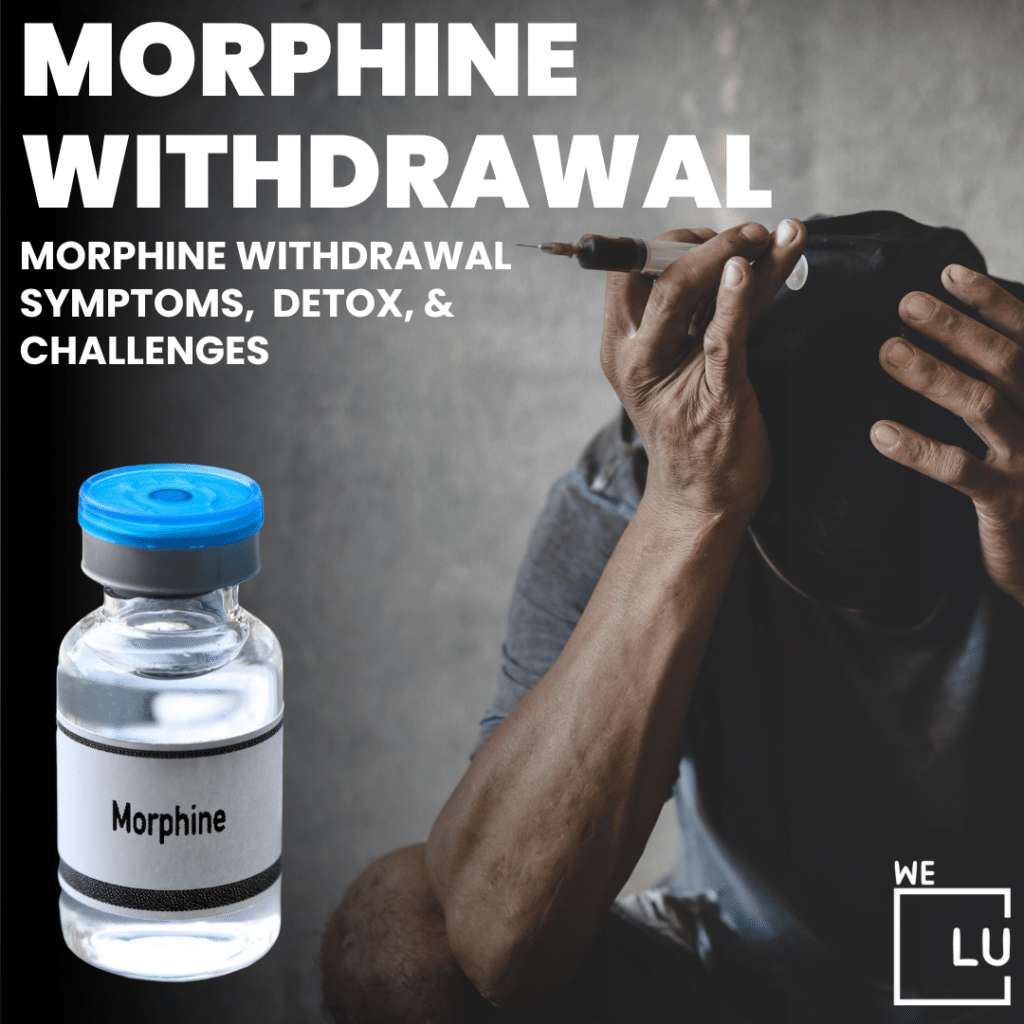
Skip To:
Learn More:
- What does withdrawal mean? Symptoms, Causes, Types, Treatment & Medications
- Morphine Vs Oxycodone, Is Morphine Stronger Than Oxycodone?
- Opiate Withdrawal, Effects, Causes, Symptoms, Diagnosis, Complications, Detox & Treatments
- Opiate Detox Withdrawal Effects, Symptoms & Treatment
- How long do opiates stay in your system? Specifics, Addiction, Drug Processing & Treatment
- Opiate Addiction Overdose, Symptoms & Treatment
General Opioid Withdrawal Timeline
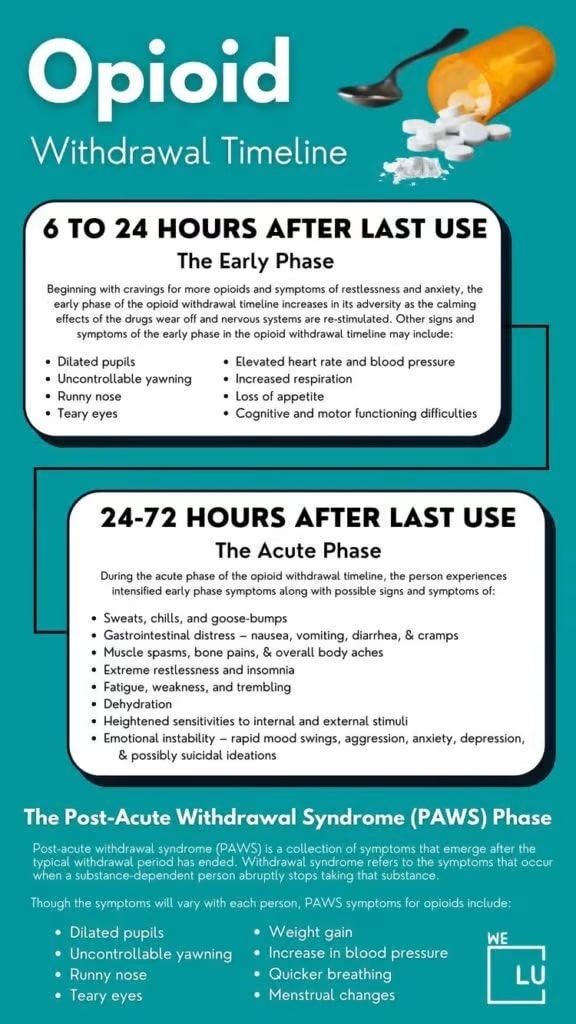

Get Your Life Back
Find Hope & Recovery. Get Safe Comfortable Detox, Addiction Rehab & Dual Diagnosis High-Quality Care.
Hotline (855) 695-1160Morphine Detox
Morphine detoxification, often referred to as detox, is the process of safely managing the withdrawal symptoms that occur when someone stops using morphine or other opioids. Detoxification is an essential step for individuals who are physically dependent on morphine and are seeking to discontinue its use. Here are some things to keep in mind about morphine detox.
- Medical Supervision: Morphine detox should be conducted under the supervision of medical professionals, such as in a hospital or addiction treatment facility. This is particularly important due to the potential severity of opioid withdrawal symptoms.
- Assessment: Before detox begins, healthcare providers assess the individual’s overall health, the extent of morphine use, and any co-occurring medical or mental health conditions. This information helps determine the most appropriate detox plan.
- Tapering vs. Cold Turkey: Tapering involves gradually reducing the dosage of morphine over time, which can help minimize the intensity of withdrawal symptoms. Cold turkey cessation (abruptly stopping use) can lead to more severe withdrawal symptoms.
- Medication-Assisted Treatment (MAT): In some cases, healthcare providers may use medications to help manage withdrawal symptoms. Drugs such as buprenorphine or methadone may be used to ease the transition of morphine and reduce cravings.
- Supportive Care: Detox often involves supportive care to address specific symptoms. This may include medications for nausea, muscle aches, anxiety, and insomnia.
- Monitoring: Throughout the detox process, individuals are closely monitored for any complications or changes in their physical or mental health.
- Transition to Treatment: Detox is typically the first step in the broader process of addiction treatment. Following detox, individuals may engage in counseling, therapy, and other interventions to address the psychological and behavioral aspects of addiction.
- Aftercare: Once detox and initial treatment are completed, individuals may benefit from aftercare programs, including ongoing counseling, support groups, and other resources to help maintain recovery.

Detox alone is not sufficient for long-term recovery from opioid addiction. Comprehensive addiction treatment that addresses the physical, psychological, and social aspects of addiction is essential for a successful and sustained recovery. If you or someone you know is considering morphine detox, make sure to consult with healthcare professionals or addiction specialists to determine the most appropriate and safe course of action.
Get Help. Get Better. Get Your Life Back.
Searching for an Accredited Drug and Alcohol Rehab Centers in Near You?
Even if you have failed previously and relapsed, or are in the middle of a difficult crisis, we stand ready to support you. Our trusted behavioral health specialists will not give up on you. When you feel ready or just want someone to speak to about therapy alternatives to change your life call us. Even if we cannot assist you, we will lead you to wherever you can get support. There is no obligation. Call our hotline today.
FREE Addiction Hotline – Call 24/7
How Long Does Detox Last?
The duration of detoxification (detox) from morphine can vary widely from person to person and depends on various factors, including the individual’s overall health, the extent of morphine use, the duration of use, and the specific detox protocol being used. Here are some general timelines for morphine detox:
- Acute Withdrawal Phase: The acute withdrawal phase, where the most intense symptoms occur, typically lasts for the first few days after discontinuing morphine. During this phase, individuals may experience symptoms such as nausea, vomiting, diarrhea, muscle aches, and anxiety.
- Short-Term Detox Programs: Short-term detox programs, which are often inpatient or intensive outpatient programs, may last for about a week. These programs focus on managing acute withdrawal symptoms and providing medical supervision during this critical period.
- Tapering Programs: Detoxification may take longer if a tapering approach is used. Tapering involves gradually reducing the morphine dosage over an extended period, which can help minimize the intensity of withdrawal symptoms. Depending on the individual’s needs and the prescribed taper schedule, tapering programs may last several weeks to months.
- Medication-Assisted Treatment (MAT): Medication-assisted treatment, which may involve the use of medications like buprenorphine or methadone, can extend beyond the acute withdrawal phase. MAT is often part of a more extended treatment plan and may continue for an extended period to support recovery and prevent relapse.
- Post-Acute Withdrawal Syndrome (PAWS): Some individuals may experience lingering symptoms known as Post-Acute Withdrawal Syndrome (PAWS). These symptoms, which can include mood swings, anxiety, and sleep disturbances, may persist for weeks or months after the acute withdrawal phase.
The detox duration should be determined based on an individualized assessment by healthcare professionals. If you or someone you know is considering morphine detox, consult with healthcare providers or addiction specialists to develop a safe and effective detox plan tailored to the specific needs of the individual.
Comfortable Facilities & Amenities
High-Quality Addiction & Mental Health Rehabilitation Treatment
Rehab Centers TourRenowned California Addiction Center. Serene Private Facilities. Inpatient rehab programs vary.
Addiction Helpline (855) 695-1160Proven recovery success experience, backed by a Team w/ History of:
15+
Years of Unified Experience
100s
5-Star Reviews Across Our Centers
10K
Recovery Success Stories Across Our Network
- Low Patient to Therapist Ratio
- Onsite Medical Detox Center
- Comprehensive Dual-Diagnosis Treatment
- Complimentary Family & Alumni Programs
- Coaching, Recovery & Personal Development Events
Challenges Of Morphine Withdrawal
Morphine withdrawal can be challenging, and there are potential risks associated with the process. Individuals considering withdrawal from morphine to be aware of these risks and seek professional guidance for a safe and supportive experience. Some of the challenges of morphine withdrawal include:
- Severe Withdrawal Symptoms: Withdrawal from morphine can produce intense physical and psychological symptoms, such as nausea, vomiting, diarrhea, muscle aches, anxiety, and insomnia. These symptoms can be overwhelming and may lead to complications if not managed appropriately.
- Dehydration and Nutritional Deficiencies: Symptoms like vomiting and diarrhea during withdrawal can lead to dehydration and nutritional deficiencies. Stay hydrated and maintain proper nutrition during withdrawal to support overall health.
- Medical Complications: In some cases, pre-existing medical conditions may be exacerbated during withdrawal. Individuals with certain medical conditions should undergo withdrawal under medical supervision to address any potential complications.
- Psychological Distress: Withdrawal from morphine can cause significant psychological distress, including anxiety, depression, and mood swings. Individuals with a history of mental health issues may be at an increased risk of experiencing exacerbations of these symptoms during withdrawal.
- Relapse Risk: The intense cravings and discomfort associated with withdrawal can increase the risk of relapse. Without proper support and coping strategies, individuals may be tempted to return to morphine use to alleviate withdrawal symptoms.
- Post-Acute Withdrawal Syndrome (PAWS): Some individuals may experience lingering symptoms known as Post-Acute Withdrawal Syndrome (PAWS). These symptoms, which can include mood swings, anxiety, and sleep disturbances, may persist for an extended period and pose challenges to ongoing recovery.
- Social and Environmental Factors: Withdrawal from morphine may be accompanied by social and environmental challenges, including strained relationships, employment issues, and legal problems. These factors can contribute to stress and complicate the recovery process.
To mitigate these risks, individuals should seek professional help when considering morphine withdrawal. Medical supervision, counseling, and support from healthcare professionals and addiction specialists can significantly improve the safety and success of the withdrawal process.
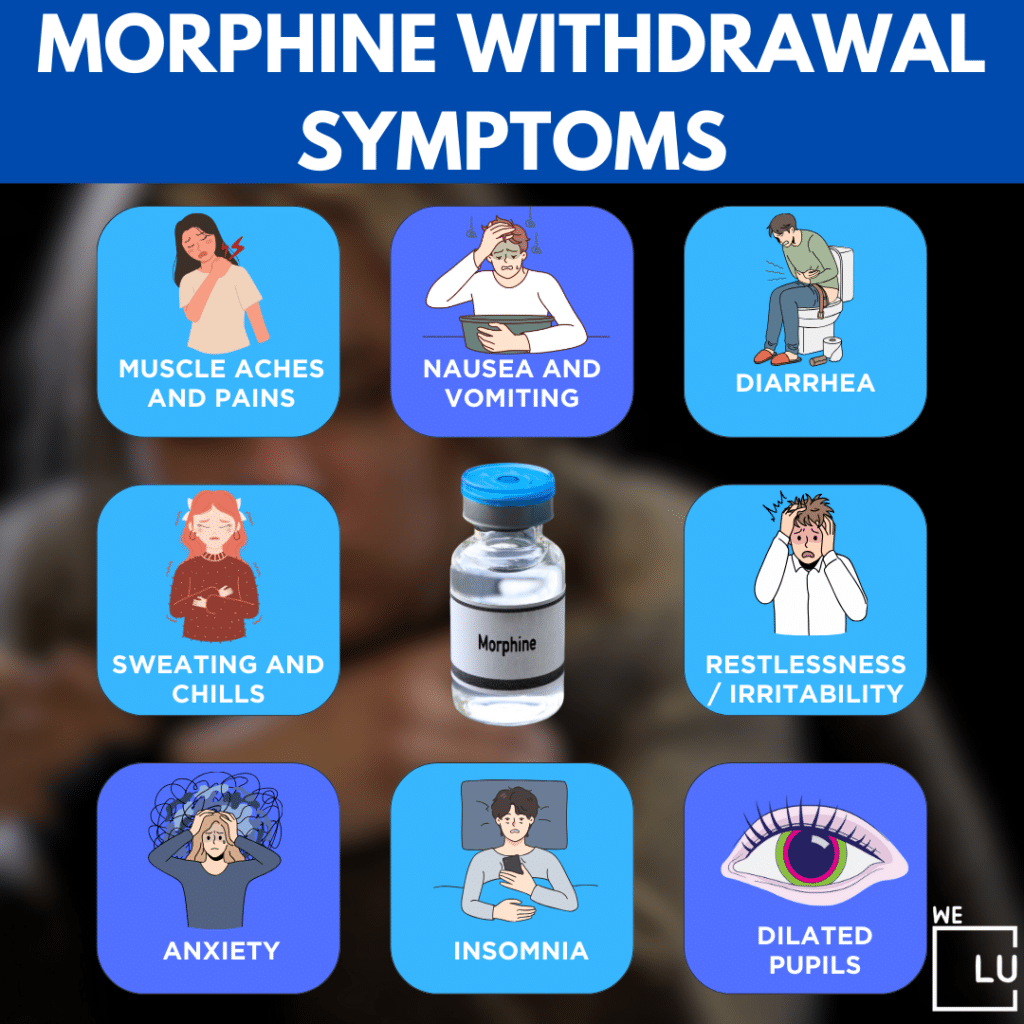
World-class, Accredited, 5-Star Reviewed, Effective Addiction & Mental Health Programs. Complete Behavioral Health Inpatient Rehab, Detox plus Co-occuring Disorders Therapy.
CALL (855) 695-1160End the Addiction Pain. End the Emotional Rollercoaster. Get Your Life Back. Start Drug, Alcohol & Dual Diagnosis Mental Health Treatment Now. Get Free No-obligation Guidance by Substance Abuse Specialists Who Understand Addiction & Mental Health Recovery & Know How to Help.
Impacts Of Morphine Addiction
Morphine addiction can have profound and far-reaching impacts on various aspects of an individual’s life, affecting their health, relationships, work, and overall well-being. Here are some of the potential impacts of morphine addiction:
- Physical Health Effects:
- Tolerance and Dependence: Over time, individuals may develop tolerance and physical dependence, leading to withdrawal symptoms if they try to stop using.
- Respiratory Depression: Morphine and other opioids can depress the respiratory system, leading to slowed breathing. In high doses, this can be life-threatening.
- Increased Risk of Infections: Injecting morphine or using it in non-prescribed ways can increase the risk of infections, including HIV/AIDS and hepatitis, due to needle-sharing practices.
- Psychological and Behavioral Impact:
- Impaired Cognitive Function: Chronic use of morphine can affect cognitive function, leading to difficulties with concentration, memory, and decision-making.
- Mood Changes: Morphine use can contribute to mood swings, anxiety, and depression.
- Compulsive Drug Seeking: Individuals may engage in compulsive drug-seeking behaviors, focusing on obtaining and using morphine at the expense of other responsibilities.
- Social and Relationship Consequences:
- Strained Relationships: Addiction can strain relationships with family, friends, and colleagues due to changes in behavior, trust issues, and the impact of the addiction on interpersonal dynamics.
- Social Isolation: Some individuals with morphine addiction may withdraw from social activities and isolate themselves to hide their substance use.
- Occupational and Financial Challenges:
- Job Performance: Addiction can lead to absenteeism, reduced productivity, and poor job performance, potentially jeopardizing employment.
- Financial Strain: Supporting a drug habit can be financially draining, leading to economic instability and difficulties meeting financial responsibilities.
- Legal Consequences:
- Criminal Activity: Some individuals may engage in illegal activities, such as theft or drug trafficking, to fund their addiction, leading to legal consequences.
- Legal Charges: Possession, use, or distribution of morphine without a prescription is illegal and can result in legal charges.
- Health Risks of Administration:
- Injection Risks: Individuals who inject morphine face additional health risks, including the potential for infections, abscesses, and damage to veins.
- Overdose:
- Fatal Consequences: Morphine, like other opioids, carries the risk of overdose, which can result in respiratory failure and death. The risk of overdose is exceptionally high when individuals misuse or combine opioids with other substances.
- Impact on Mental Health:
- Co-occurring Disorders: Morphine addiction often co-occurs with mental health disorders, such as depression or anxiety, exacerbating the overall impact on mental health.
Treatment options may include detoxification, counseling, behavioral therapies, and support groups, aiming to address the physical, psychological, and social aspects of addiction. The sooner individuals seek help, the better the chances for recovery and minimizing the long-term impacts of morphine addiction.
Experience Transformative Recovery at the We Level Up California Treatment Center.
See our authentic success stories. Get inspired. Get the help you deserve.



Start a New Life
Begin with a free call to an addiction & behavioral health treatment advisor. Learn more about our dual-diagnosis programs. The We Level Up treatment center network delivers recovery programs that vary by each treatment facility. Call to learn more.
- Personalized Care
- Caring Accountable Staff
- World-class Amenities
- Licensed & Accredited
- Renowned w/ 100s 5-Star Reviews
We’ll Call You
“Horrific Opiates Heroin Addiction Led to Prison. My Life Was a Wreck” to a Beautiful Sober Life
Search We Level Up CA Morphine Withdrawal, Drug & Alcohol Rehab / Detox & Mental Health Topics & Resources
Sources
- WHO Guidelines for the Pharmacological and Radiotherapeutic Management of Cancer Pain in Adults and Adolescents. Geneva: World Health Organization; 2018. ANNEX 6, Pharmacological Profiles and Opioid Conversion Tables. Available from: https://www.ncbi.nlm.nih.gov/books/NBK537482/
- Murphy PB, Bechmann S, Barrett MJ. Morphine. [Updated 2023 May 22]. In: StatPearls [Internet]. Treasure Island (FL): StatPearls Publishing; 2023 Jan-. Available from: https://www.ncbi.nlm.nih.gov/books/NBK526115/
- DEA – Morphine – https://www.dea.gov/factsheets/morphine
- Medline Plus – Morphine – https://medlineplus.gov/druginfo/meds/a682133.html
- US Equal Employment Opportunity Commission (EEOC) – Use of Codeine, Oxycodone, and Other Opioids: Information for Employees – https://www.eeoc.gov/laws/guidance/use-codeine-oxycodone-and-other-opioids-information-employees
- Cohen B, Ruth LJ, Preuss CV. Opioid Analgesics. [Updated 2023 Apr 29]. In: StatPearls [Internet]. Treasure Island (FL): StatPearls Publishing; 2023 Jan-. Available from: https://www.ncbi.nlm.nih.gov/books/NBK459161/
- Chou R, Hartung D, Turner J, et al. Opioid Treatments for Chronic Pain [Internet]. Rockville (MD): Agency for Healthcare Research and Quality (US); 2020 Apr. (Comparative Effectiveness Review, No. 229.) Available from: https://www.ncbi.nlm.nih.gov/books/NBK556253/
- National Academies of Sciences, Engineering, and Medicine; Health and Medicine Division; Board on Health Sciences Policy; Committee on Pain Management and Regulatory Strategies to Address Prescription Opioid Abuse; Phillips JK, Ford MA, Bonnie RJ, editors. Pain Management and the Opioid Epidemic: Balancing Societal and Individual Benefits and Risks of Prescription Opioid Use. Washington (DC): National Academies Press (US); 2017 Jul 13. Available from: https://www.ncbi.nlm.nih.gov/books/NBK458660/ doi: 10.17226/24781
- Zullo AR, Danko KJ, Moyo P, et al. Prevention, Diagnosis, and Management of Opioids, Opioid Misuse, and Opioid Use Disorder in Older Adults [Internet]. Rockville (MD): Agency for Healthcare Research and Quality (US); 2020 Nov. (Technical Brief, No. 37.) Available from: https://www.ncbi.nlm.nih.gov/books/NBK564144/
- Clinical Guidelines for Withdrawal Management and Treatment of Drug Dependence in Closed Settings. Geneva: World Health Organization; 2009. 4, Withdrawal Management. Available from: https://www.ncbi.nlm.nih.gov/books/NBK310652/ Read more: morphine withdrawal symptoms, morphine withdrawal, withdrawal from morphine, morphine withdrawals, morphine withdrawal effects, morphine withdrawal side effects, symptoms of morphine withdrawal,



